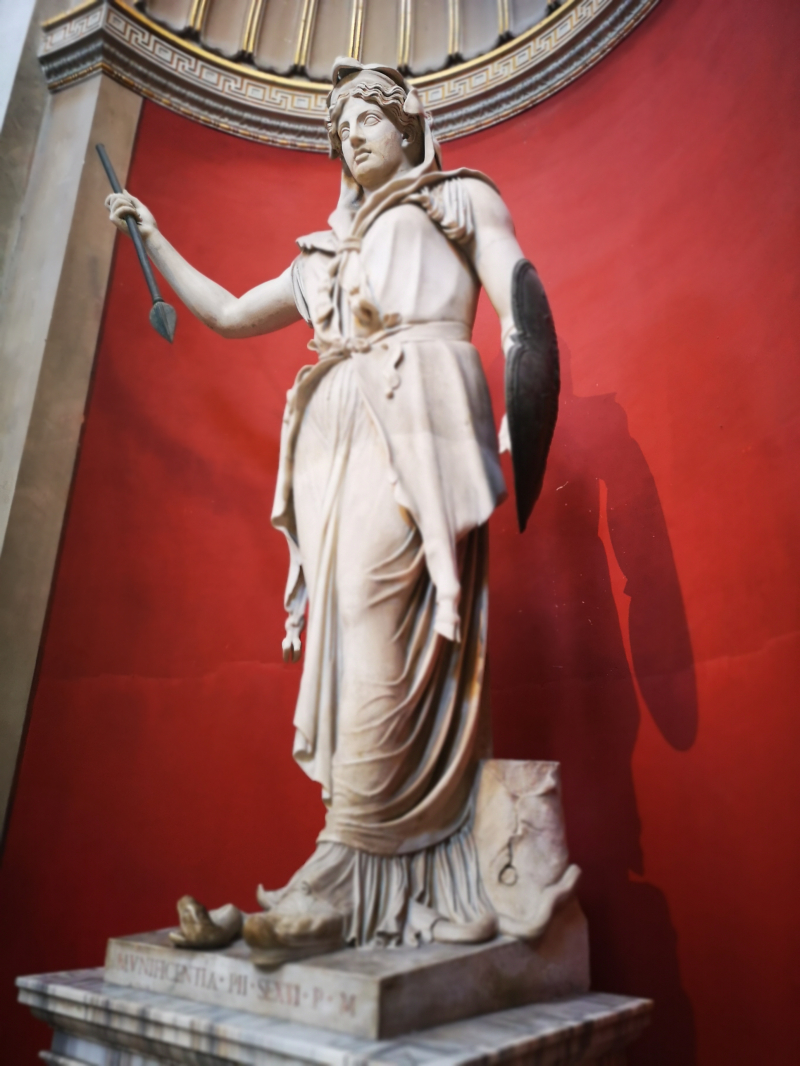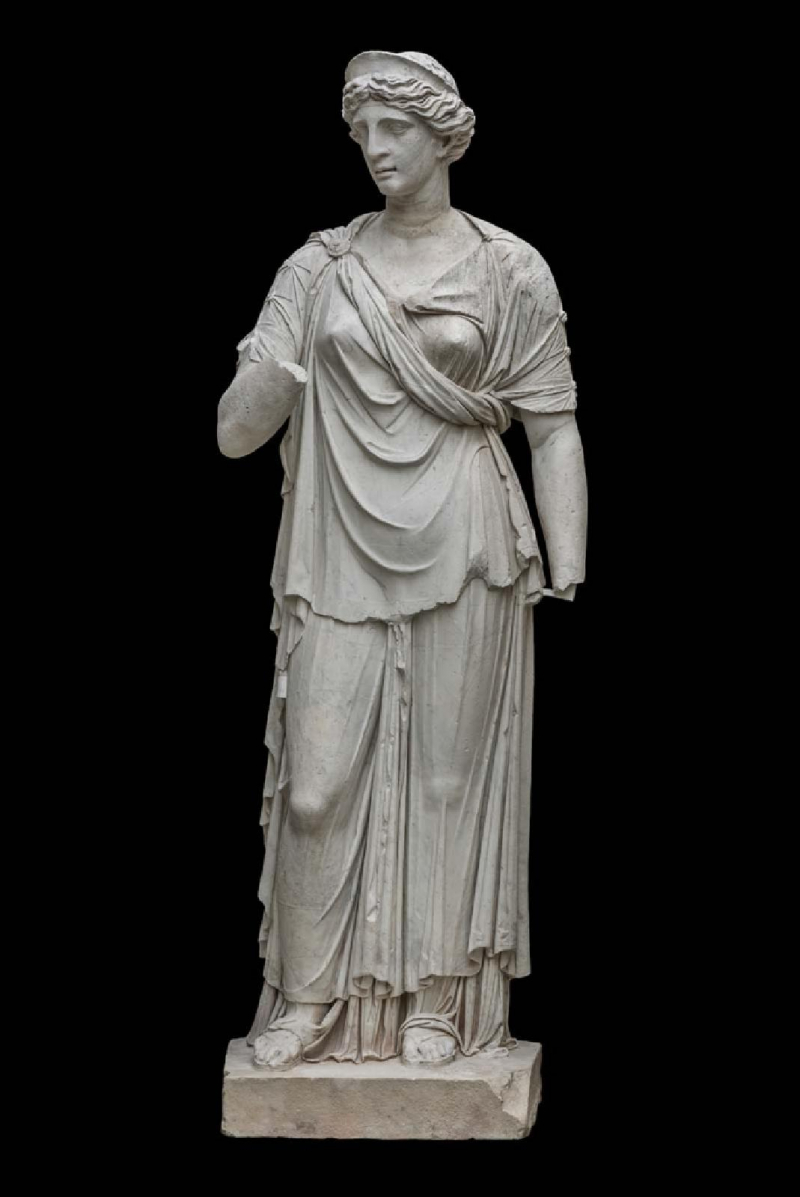Juno

One of the most famous Roman goddesses is Juno. Juno was an ancient Roman goddess who served as the state's protector and special counselor. In Greek mythology, she was compared to Hera, the queen of the gods. She was Saturn's daughter and Jupiter's wife, as well as the mother of Mars, Vulcan, Bellona, and Juventas. Her sacred animal, like Hera's, was the peacock. Uni, her Etruscan counterpart, was thought to keep an eye on the women of Rome. Juno, the patron goddess of Rome and the Roman Empire, was known as Regina ("Queen") and was a part of the Capitoline Triad (Juno Capitolina), which also included Jupiter and Minerva, goddess of wisdom.
Juno's warlike appearance among the Romans is reflected in her attire. She was frequently depicted armed and wearing a goatskin cloak. The classic image of this warlike feature was influenced by the Greek goddess Athena, who wore a goatskin or a goatskin shield known as the aegis. Juno was also seen with a diadem.
Juno's theology is one of the most difficult and contentious questions in Roman religion. Juno had more prominent and diversified epithets, names, and titles than any other major Roman deity, signifying numerous qualities and responsibilities of the goddess. These included Pronuba and Cinxia, in keeping with her prominent position as a goddess of marriage. Other Juno epithets, on the other hand, have broader implications and are less thematically related.
While her association with the concepts of vital force, vital energy fullness, and eternal youth is now widely accepted, the diversity and complexity of her personality have given rise to numerous, and sometimes irreconcilable, interpretations among modern researchers.
Juno is undoubtedly the heavenly protector of the society, displaying both a sovereign and a fertile personality, which is frequently connected with a military one. She appeared in numerous ancient Italian towns, including Lanuvium as Sespeis Mater Regina, Laurentum, Tibur, Falerii, Veii as Regina, Tibur, and Falerii as Regina, and Curibztis, Tusculum, and Norba as Lucina. She is also found in Praeneste, Aricia, Ardea, and Gabii. A month was named Juno in five Latin places (Aricia, Lanuvium, Laurentum, Praeneste, Tibur).













